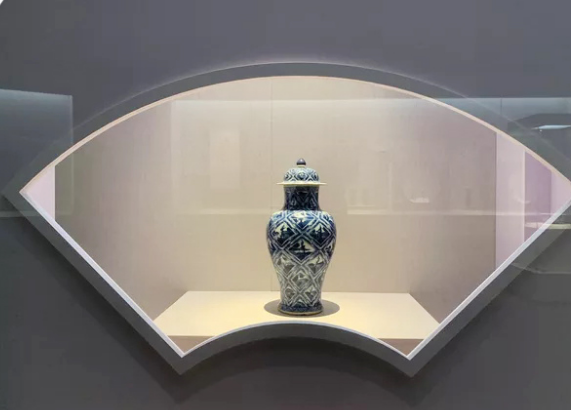Ultra-white laminated glass and ordinary laminated glass are two different types of glass products, but there are some differences in performance and application. The following is a detailed description of the differences between super white laminated glass and ordinary laminated glass:

1. Transparency and colour:
Ultra-white laminated glass has a higher transparency and lower iron content. In contrast, ordinary laminated glass is slightly less transparent and can have a slight greenish tint on the cross-section. The colour of the laminated glass is closer to transparent crystal, giving it an elegant and noble look.
2. Light transmittance:
Ultra-white laminated glass has a higher light transmittance, meaning that more light can pass through the glass. This makes the room brighter and provides better natural lighting. Ordinary laminated glass has a relatively low light transmission rate.
3. Reflection and refraction:
Ultra-white laminated glass has little or no reflection or refraction in sunlight, allowing for desirable transparency. Ordinary laminated glass will produce some reflection and refraction phenomena under sunlight.
4. Material composition:
Ultra-white laminated glass is usually made of high-quality glass materials with low iron content, while ordinary laminated glass is mainly made of ordinary glass. The low iron content of the super white laminated glass can reduce the colour difference of the glass and make it closer to colourless and transparent.
5. Appearance effect:
Due to the high transparency and low iron content of super white laminated glass, its appearance is significantly different from ordinary laminated glass. Ultra-white laminated glass gives people a clear, bright and noble feeling, suitable for applications where transparency and visual effects need to be emphasised.
6. Thermal performance:
There is no significant difference in thermal performance between super white laminated glass and ordinary laminated glass. They both have good thermal insulation performance, which can effectively reduce heat conduction and provide a comfortable indoor environment.
7. Safety performance:
Whether it is super white laminated glass or ordinary laminated glass, its interlayer contains special PVB or EVA film. This laminated structure can play a protective role in the event of glass breakage, preventing the glass from shattering and splashing, reducing the risk of injury and improving safety.
In summary, there are certain differences between super white laminated glass and ordinary laminated glass in terms of transparency, colour, light transmittance, reflection and refraction, material composition, appearance effect, thermal performance and safety performance. According to specific needs and application scenarios, choosing the right glass product will help enhance the aesthetics and functionality of the space.





